

Miles of lush green fields, rolling hills and tracks leading to golden sands and a sparkling blue sea. We were exploring the tip of the Karpaz Peninsula. Driving towards Cape Apostolos Andreas at the very end. What would we find when we got there? We had to get past the donkeys blocking the road first . . .
We were visiting the Karpaz Peninsula for a four-day break during the school half-term holidays. We were staying in Dipkarpaz, the furthest village along the peninsula and a great base to explore from. Day Two we set off east towards the Cape. As the road left Dipkarpaz, it wound around a hill and took us into some of the most beautiful countryside I’ve seen in Cyprus.
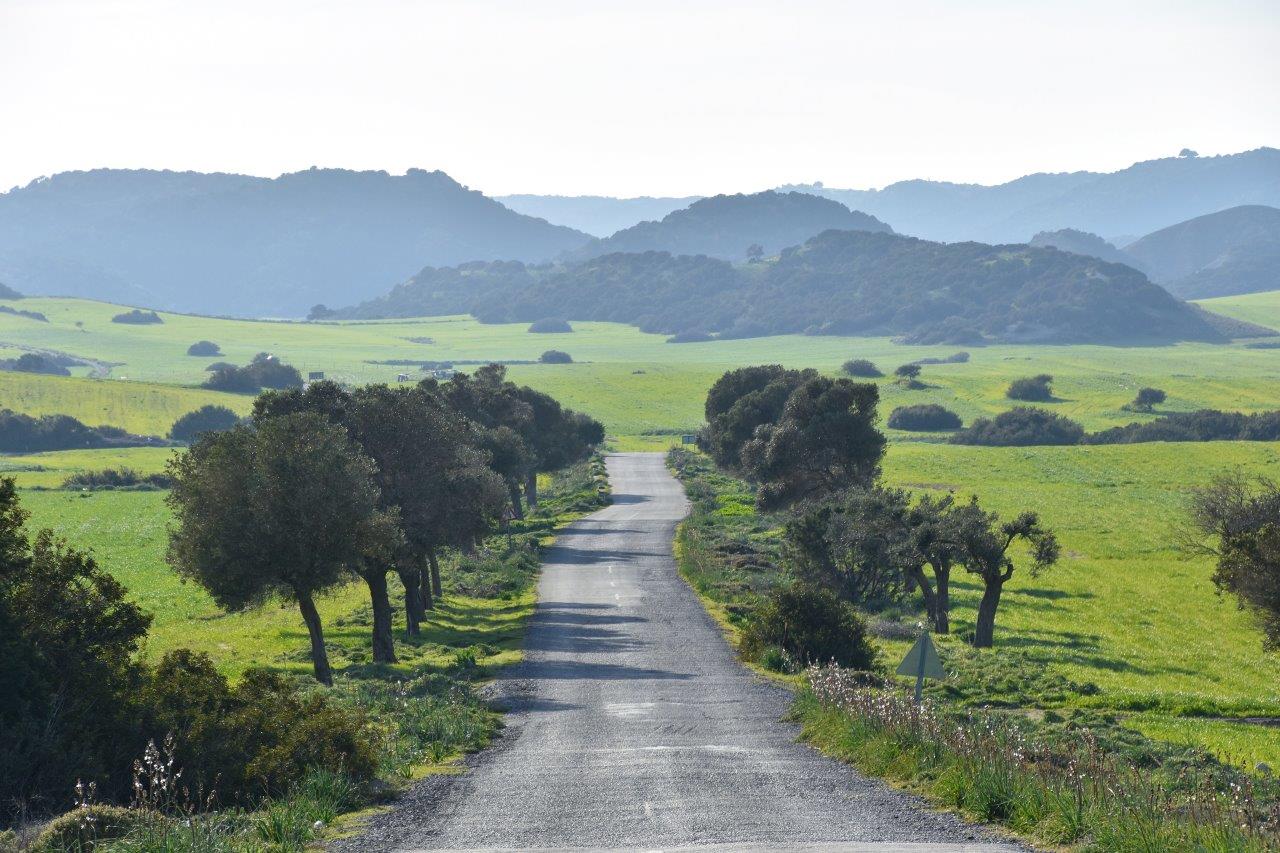
We continued along the road for twenty minutes, past seaside restaurants that were closed for the winter, between green fields and around hills. The sun, so reliable out here, was shining, the skies were blue and it reminded me of a British summer’s day. Except this was February. I love Cyprus!
We drove past a track that led to Golden Beach and the road climbed upwards towards the Cape. We were met by this seemingly innocent sight:
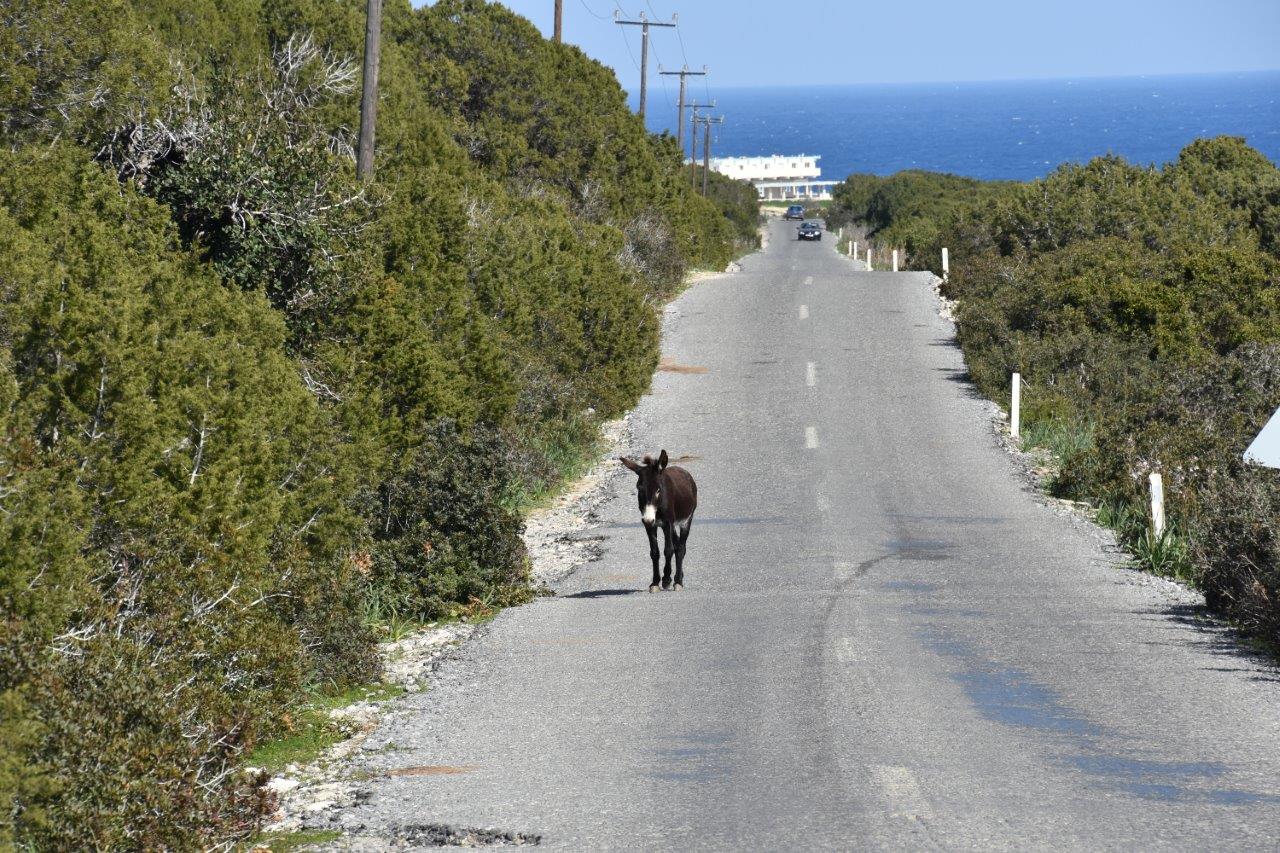
We were so excited. If I’m honest, the famous wild donkeys of the Karpaz Peninsula was what I most wanted to see. During the war in 1974, Greek Cypriots fleeing south had to leave their donkeys behind and they roamed free and learned to thrive in the wild. As the donkeys were ‘wild’, I expected to catch a fleeting glimpse of them on a hill, too shy to come any nearer. Ha! Far from it!
The one solitary donkey walking down the road turned into three. We stopped the car and had fun picking some grass for them.
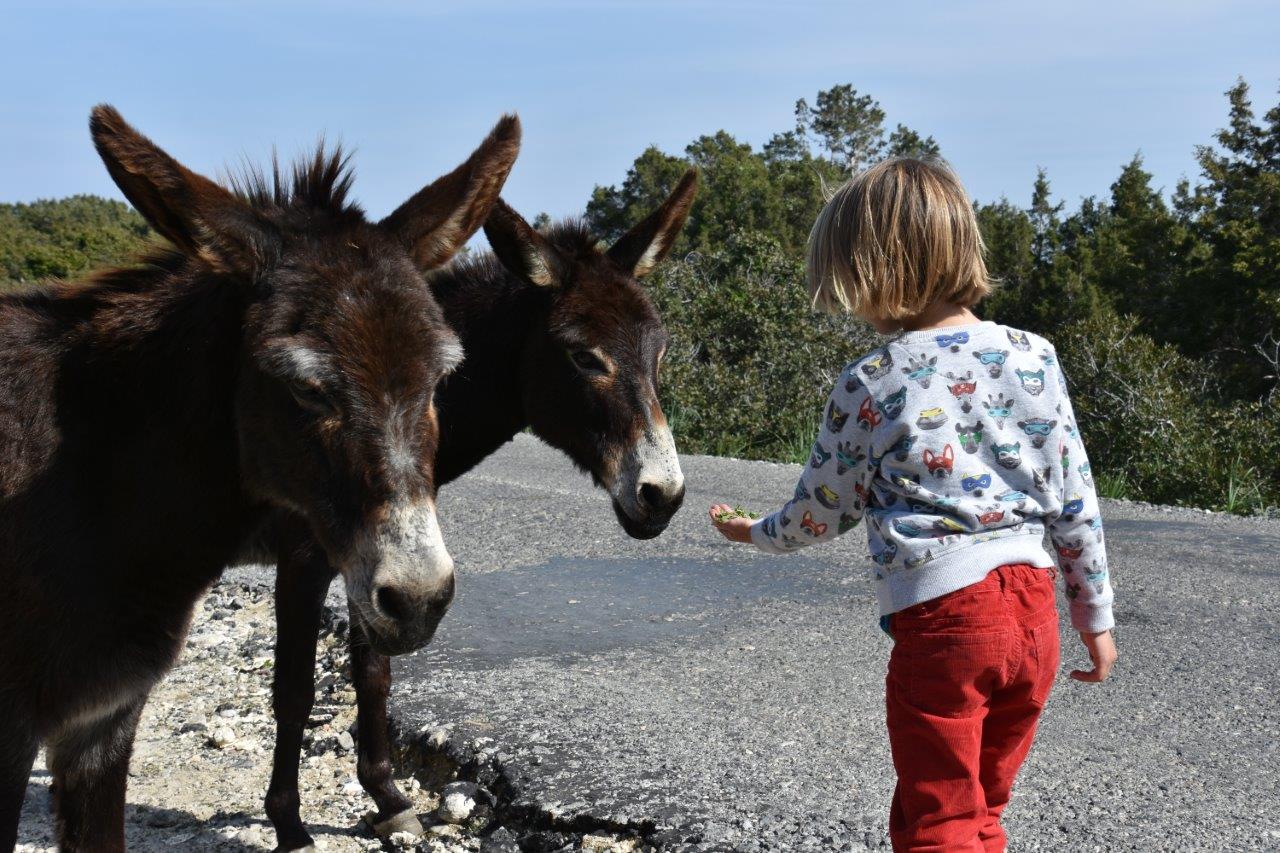
We noticed that the older donkey in the trio was refusing the grass. We soon understood why. A passing car slowed down and the passenger threw out some left-over rolls. Apparently donkeys much prefer left-over rolls to grass.
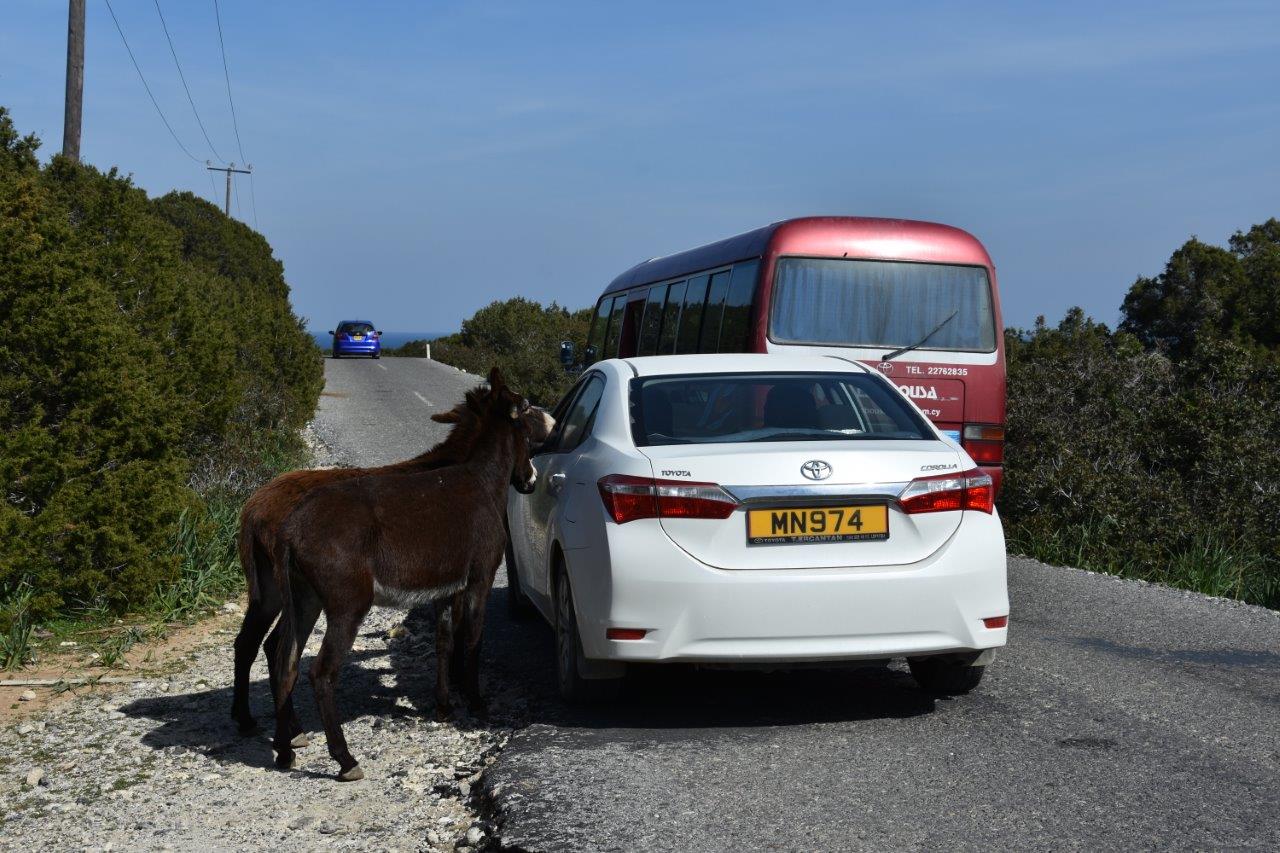
Further along the road there were more. We stopped and the car was quickly surrounded; furry noses poking in through open windows.
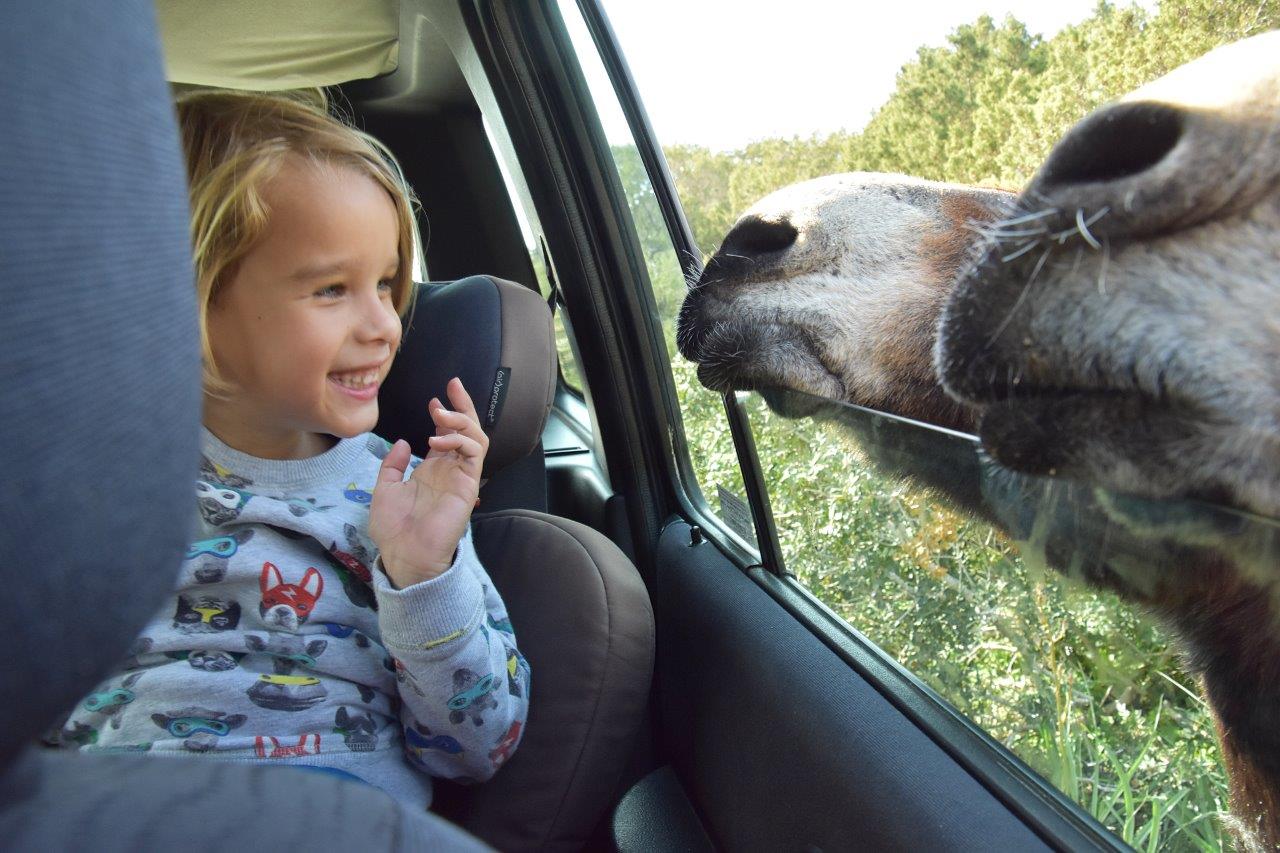
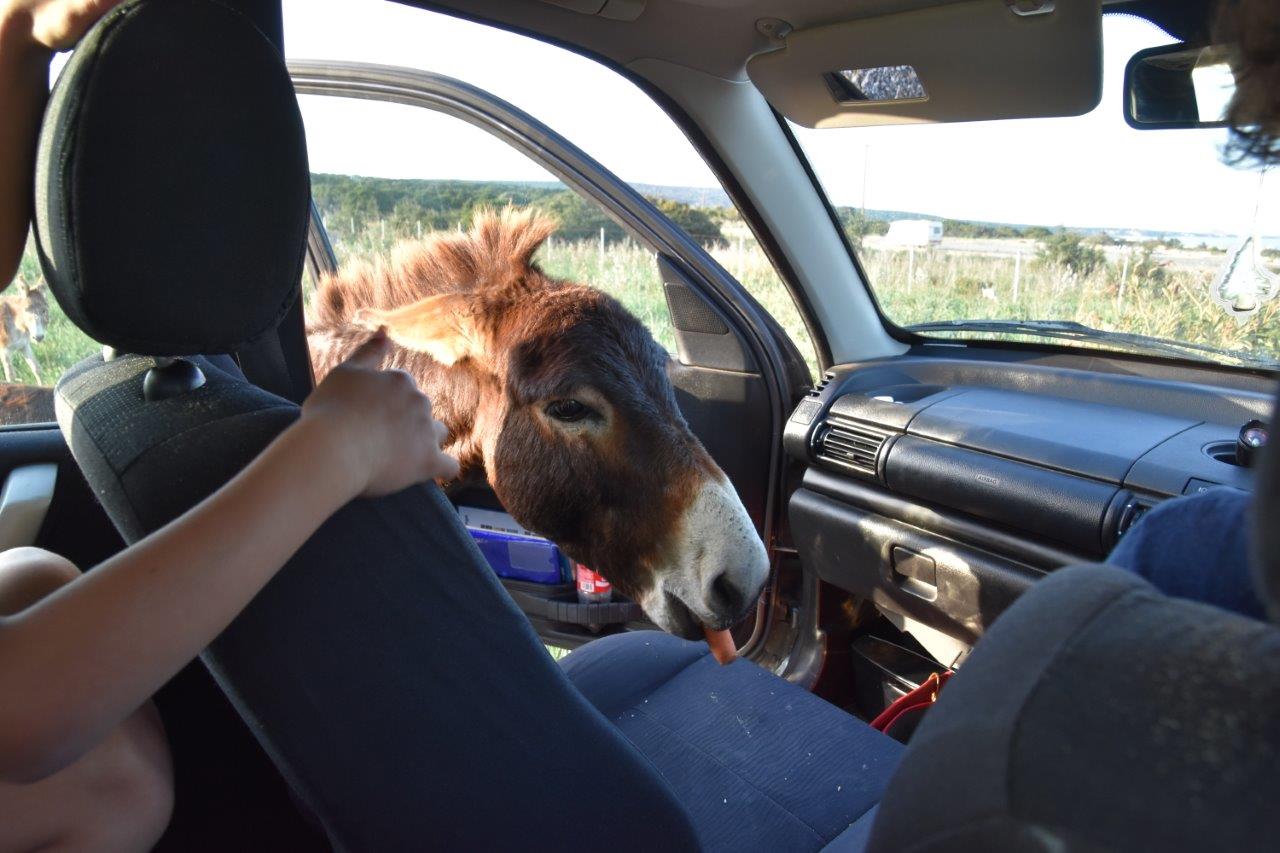
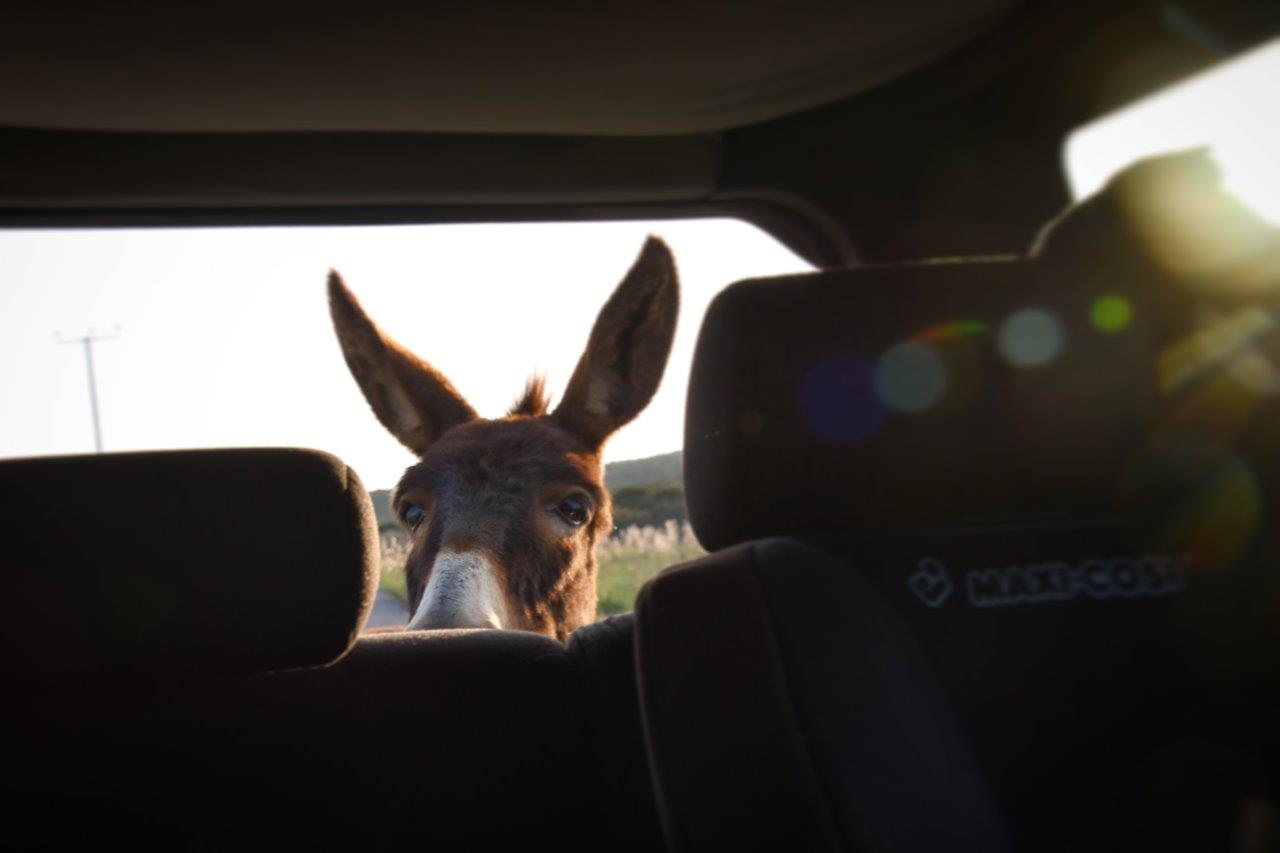
Goobie and I found this hysterically funny. Matt wasn’t quite so sure. Which made things even funnier.
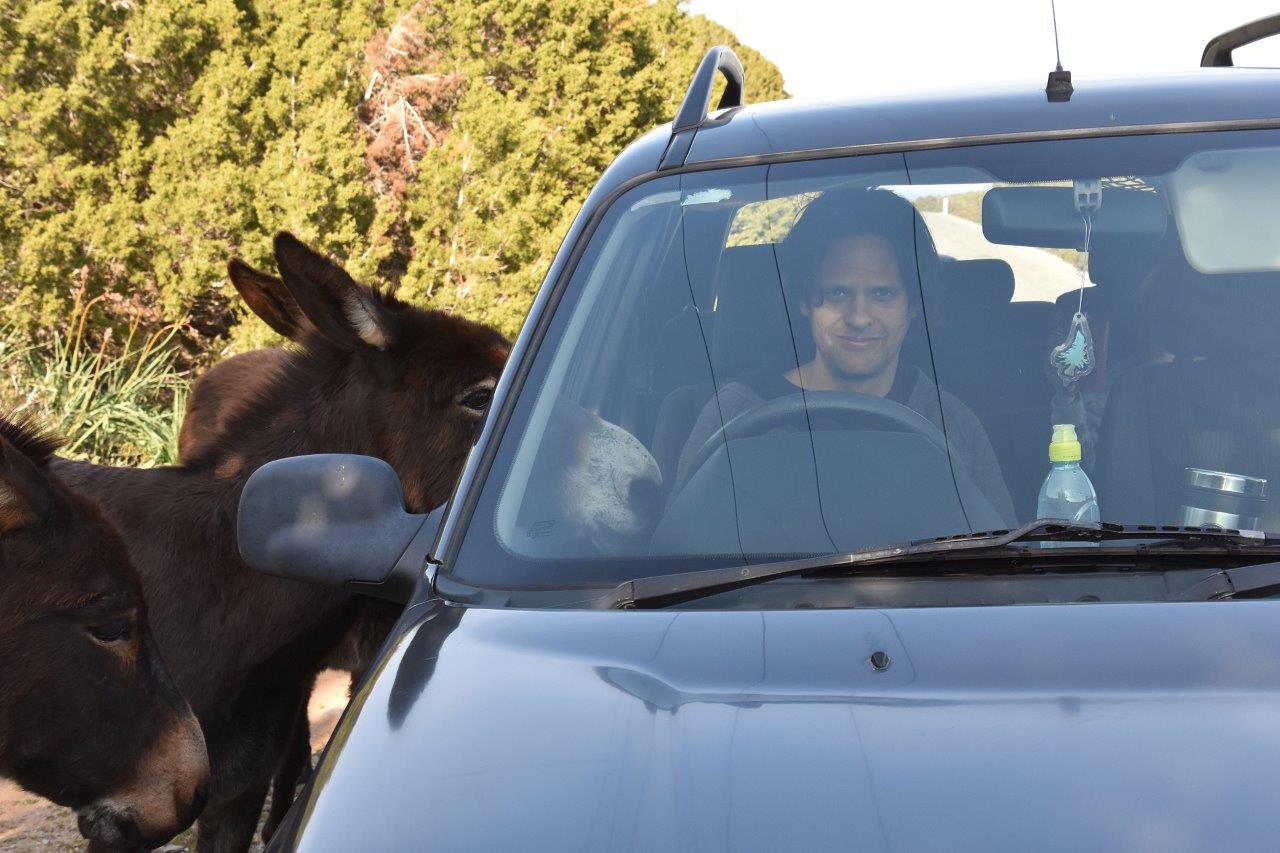
We finally managed to drive on and we soon reached the Apostolos Andreas Monastery. To be honest, I found this place a bit of a hole. Perhaps it was having to pay to use the car park toilet and needing to step over puddles of urine to get to it – and then watching a bloke go into the loos without paying anything. Perhaps it was seeing a boy throwing stones at a cat. But most likely it was because the whole area surrounding the monastery was really run-down and felt dirty. Half-finished construction projects, ugly metal fences, the dusty ground, a stall selling juice extracted from a dirty juicer. Of course, I’ve seen worse on travels elsewhere in the world. But not in Cyprus. And I guess that’s what made visiting this place interesting. Like Dipkarpaz, it didn’t feel like we were in Cyprus. It was a shame because the ugliness of the place marred the beauty of the actual monastery.
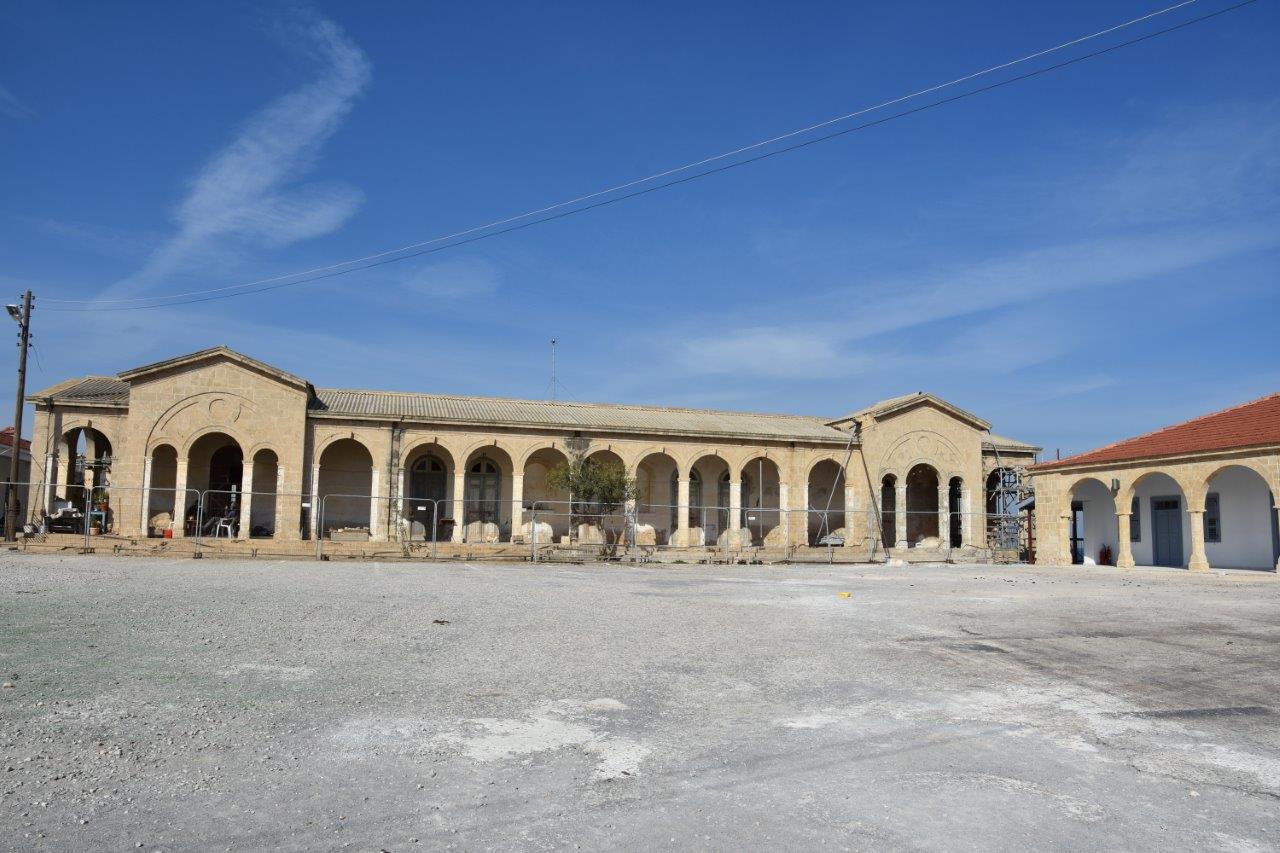
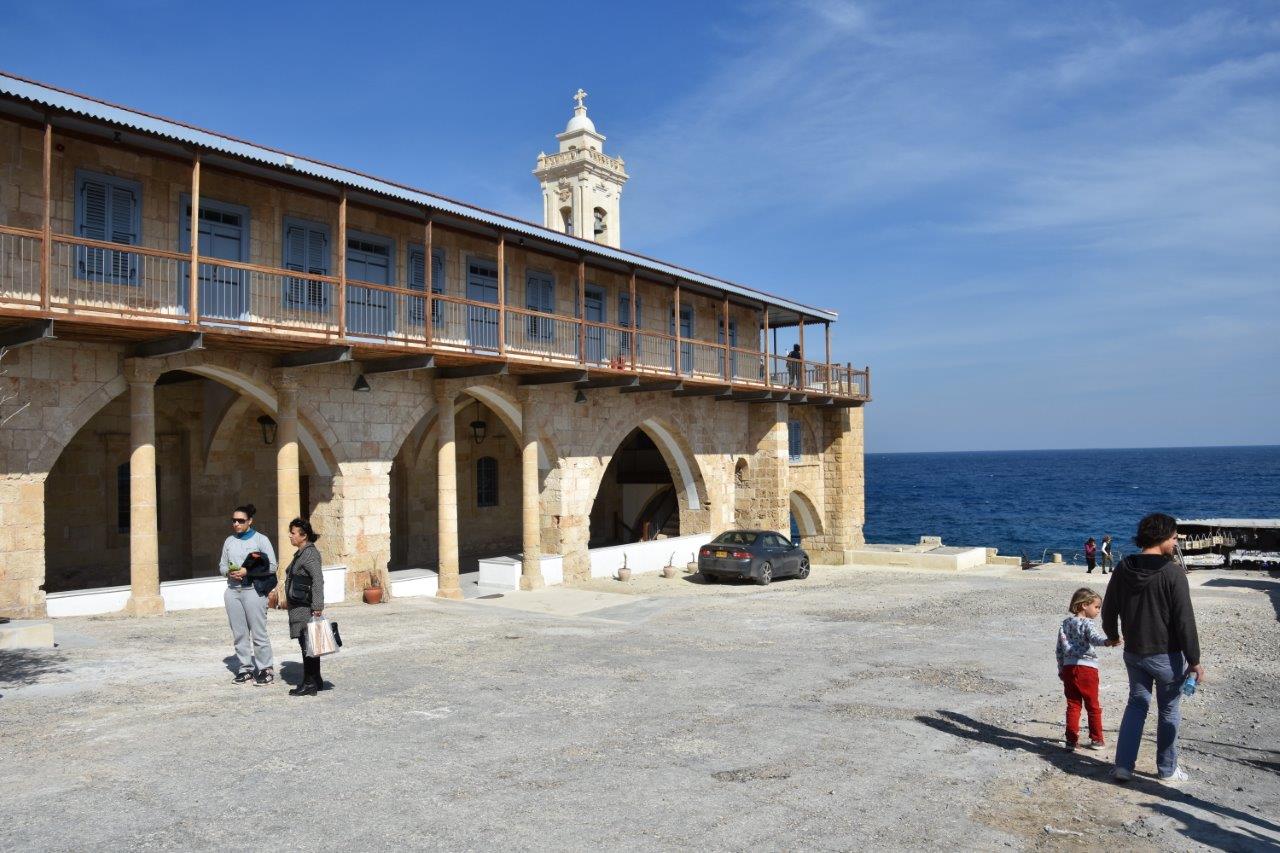
We had a walk around the monastery and a look inside its 18th century chapel. Apparently, this is where the healing waters of St Andrew are collected; waters that are said to miraculously cure blindness, epilepsy and other disabilities. Every year Greek Cypriots make a pilgrimage to the monastery. I’ve read that there is a restoration programme in place – perhaps the reason for all the ugly fences.
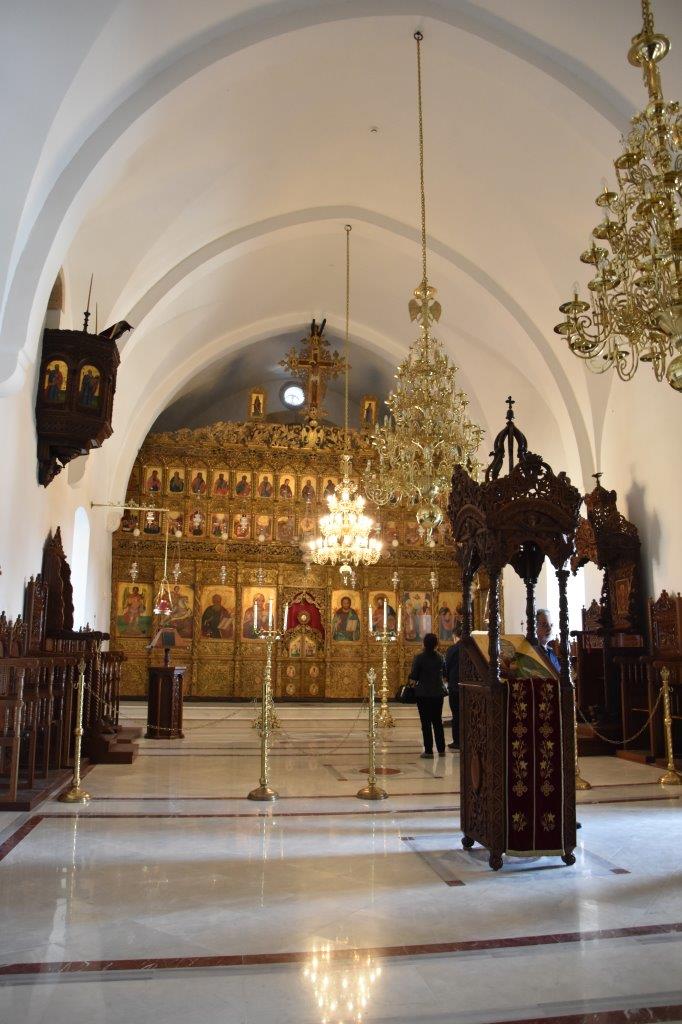
From the monastery, you can see to the very, very tip of the Karpaz Peninsula – Cape Apostolos Andreas (Zafer Burnu). We got in the Land Rover and drove 3km along a dusty track to the Cape. We walked up the small hill at the tip and enjoyed a fabulous view of the Kleides – the little rocky isles just off the coast.
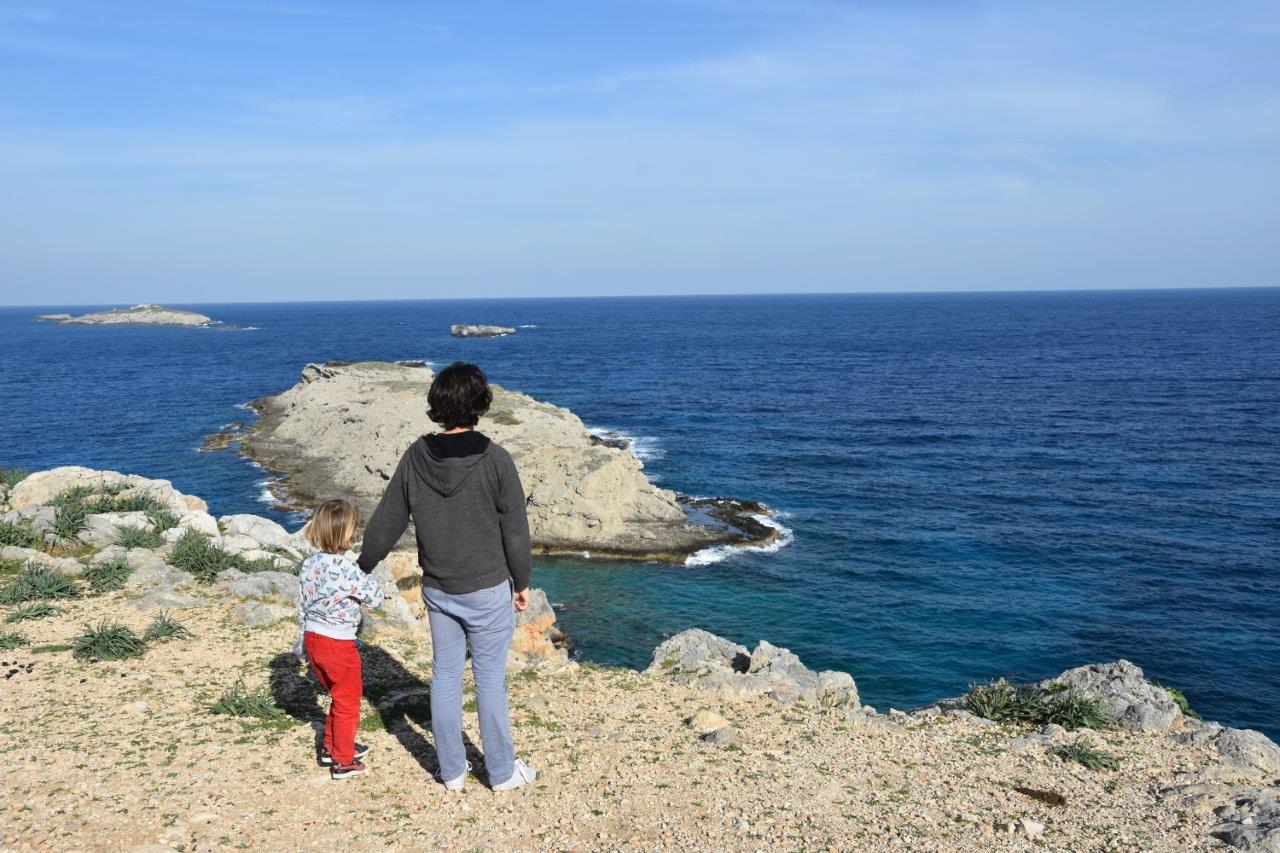
I looked back the way we’d come and it was brilliant to see the northern and southern coastlines meet at this very spot. We were standing at the furthest point of Cyprus.
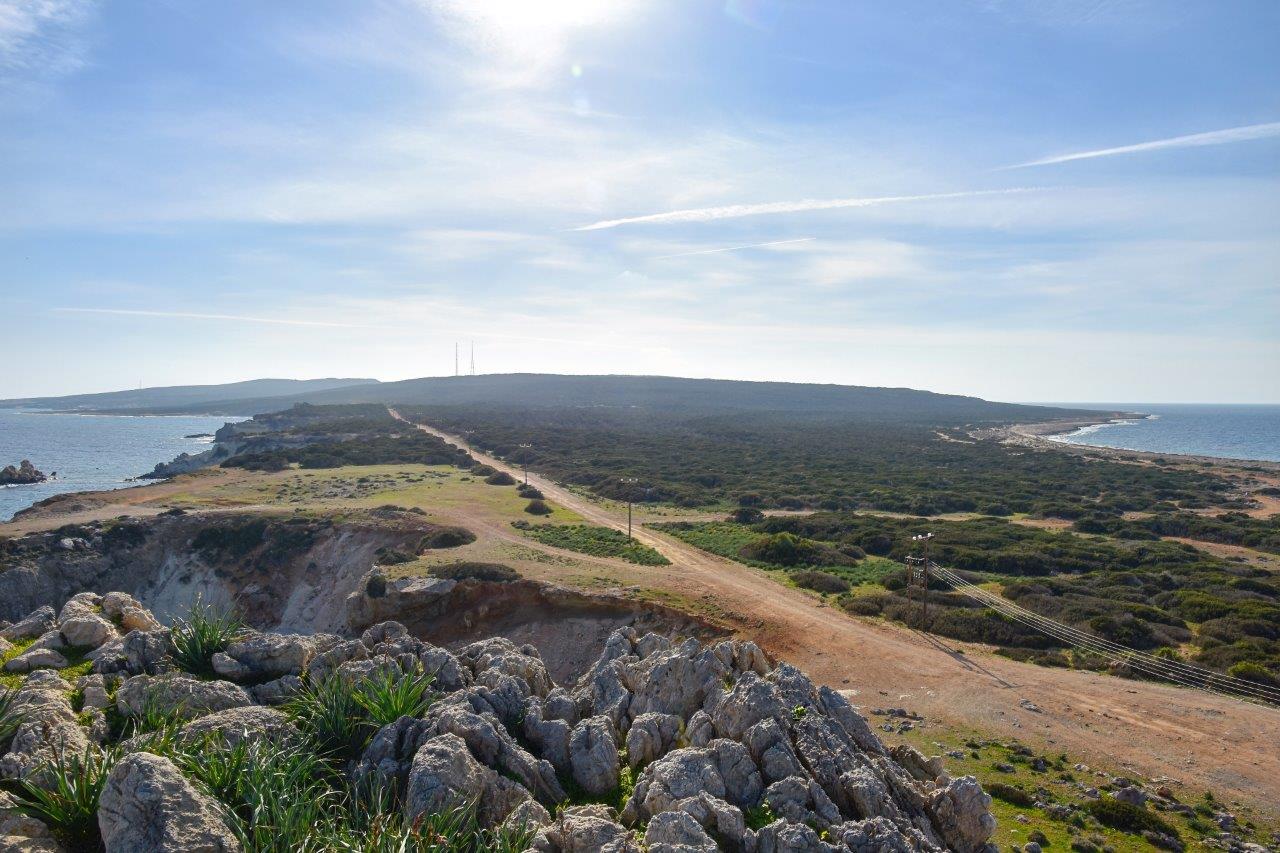
We drove inland, back the way we’d come, past the monastery and past more donkeys blocking the road. Just in front of the gates that mark the entrance to the Cape region, the road curved right and went downhill. On the left there was a lay-by with spectacular views across the beautiful Golden Beach.
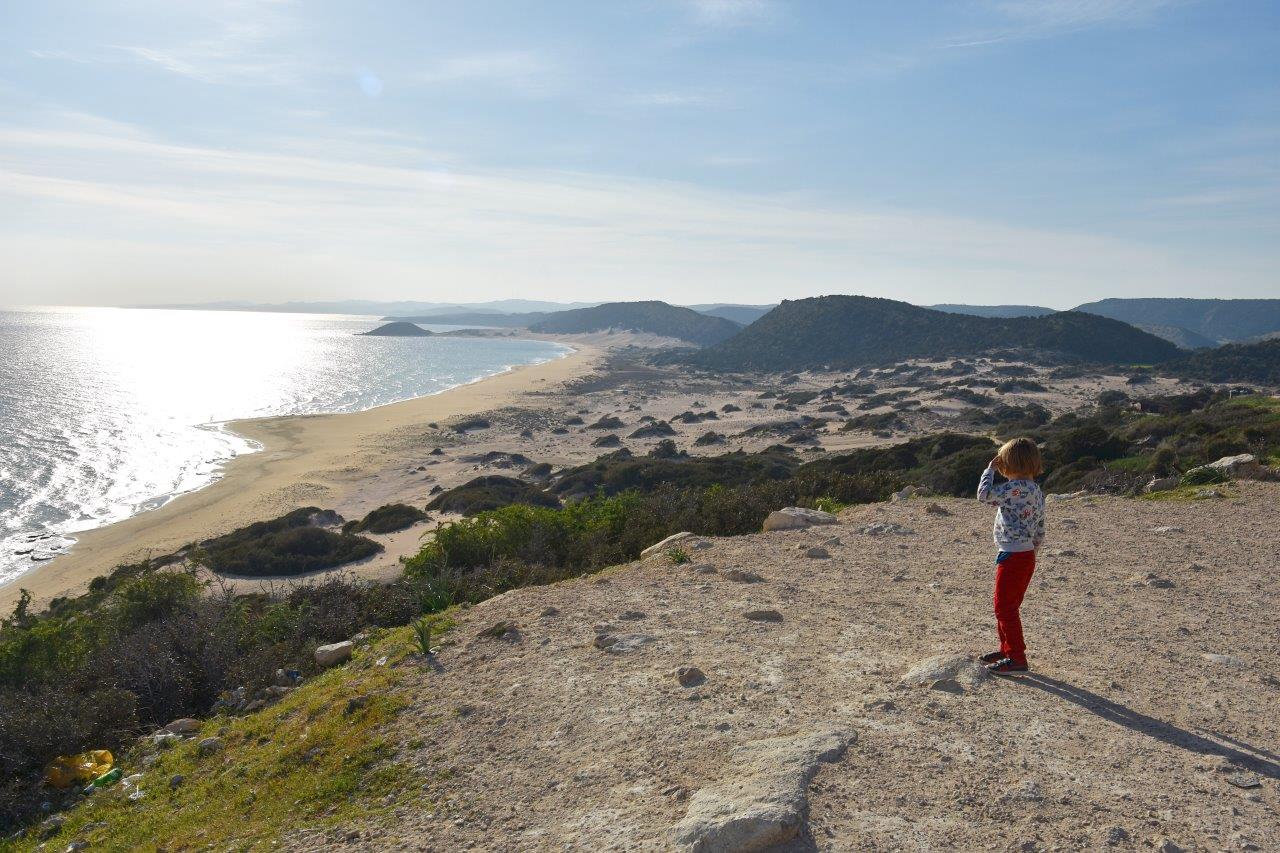
We returned to Golden Beach the next day to enjoy some quality time messing around in the sand. Closed beach huts and a couple of restaurants lined the beach. We walked past them and out onto the soft, golden sand. We were there for a happy couple of hours; playing, digging holes, making sand creatures. But most of all, rejoicing in how lucky we are to live in a country where we can play on the beach in February! Priceless.
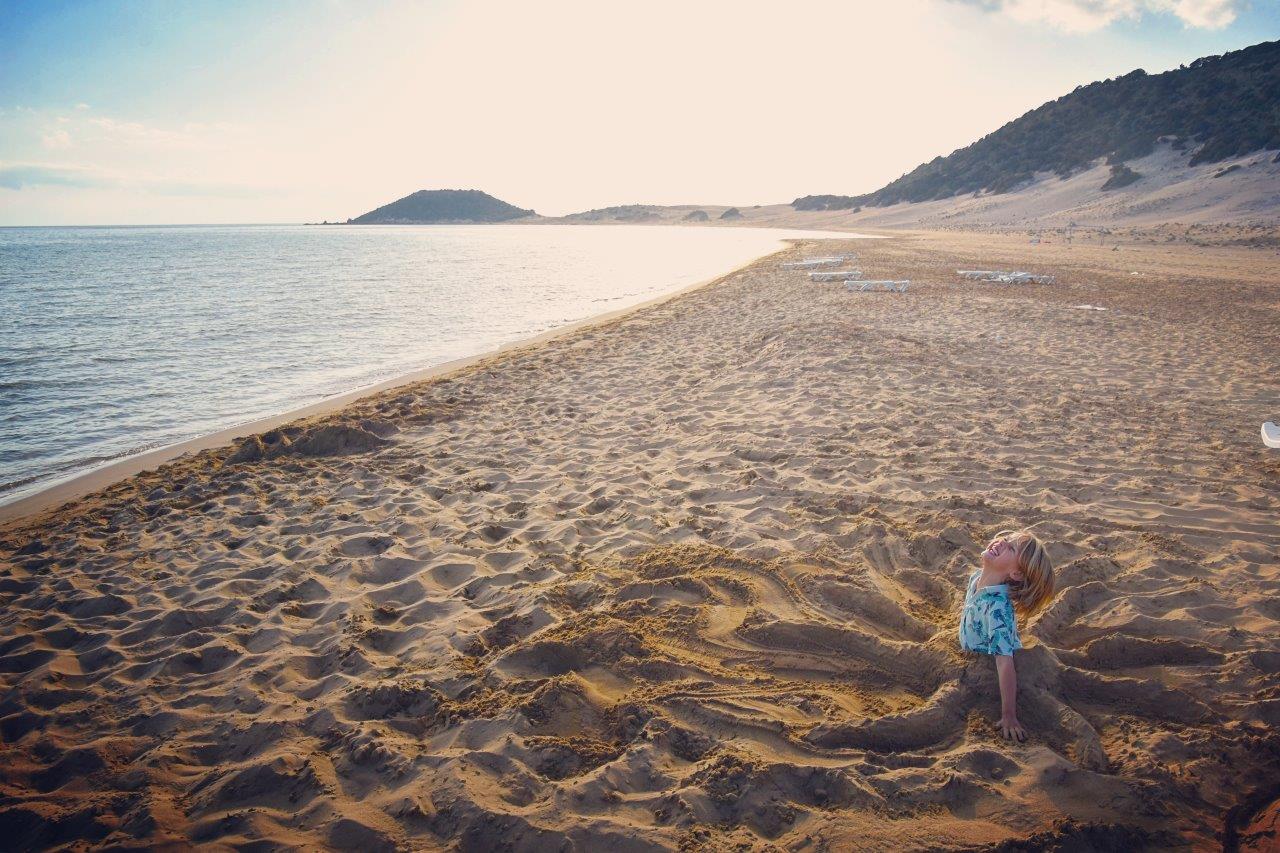
Leave a Reply